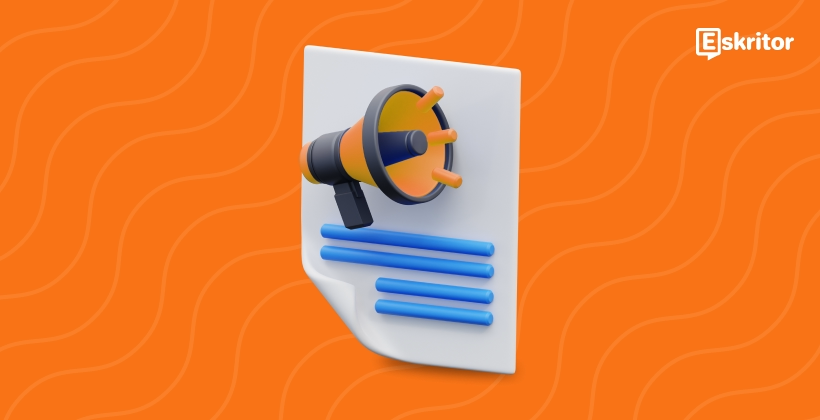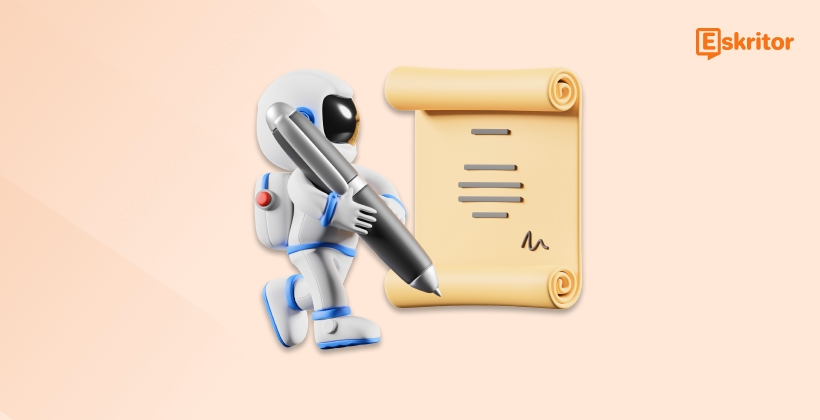AI Writing Tools vs. Human Writers – A Comparative Analysis
AI Writing Tools vs. Human Writers – A Comparative Analysis
Blog Article
AI Writing Tools vs. Human Writers – A Comparative Analysis
As artificial intelligence (AI) evolves, it remains to revolutionize exactly how we strategy contemporary modifying practices. From syntax correction resources to sophisticated material generation platforms, AI writer is reshaping the way authors, authors, and creators refine their work. That blog examines the role AI plays in contemporary editing and the affect it's across industries.

AI-Powered Tools Primary the Charge
AI-powered methods have grown to be an fundamental element of editing workflows. Computer software fueled by natural language control (NLP) and machine learning can do tasks like syntax checks, stylistic suggestions, and phrase restructuring with amazing rate and accuracy.
As an example, AI-based grammar checkers can recognize problems that the human eye might ignore, such as for instance subject-verb deal issues or dropped modifiers. Likewise, style enhancements produced by AI make certain that tone and flow arrange with the supposed audience, which will be invaluable for professional editors.
These resources aren't just limited by old-fashioned syntax corrections. They can handle improving readability, transforming passive style to productive style, and actually paraphrasing whole paragraphs without adjusting the meaning.
Performance Matches Time Savings
Studies show that the usage of AI methods can reduce modifying time by around 30%. As opposed to poring around every sentence manually, publishers can emphasis their attempts on innovative and proper aspects of content. That change enables professionals to handle higher amounts of text in smaller intervals, that is especially important for industries like publishing and digital marketing.
Also, predictive AI functions may highlight repeating problems, helping writers enhance their skills over time. For organizations, this equals less sources used on changes and more polished components right from the start.
Enhancing Accessibility and Globalization
AI's position in contemporary modifying extends beyond efficiency. Advanced translation and localization methods allow builders to modify content effortlessly for international audiences, breaking down language barriers with precision. This technology assures that exactly the same message can resonate with cultures world wide while keeping their authenticity.
AI also increases inclusivity criteria by improving supply in content. For instance, calculations may recognize potentially non-inclusive language and suggest alternatives. This potential allows publishers to improve publishing so it resonates with varied audiences.

Impressive a Stability Between AI and Individual Creativity
While AI excels in pace and accuracy, it does not change human editors. Devices frequently lack the capacity to understand nuance, emotion, or national context fully. The best system combines AI's performance with human imagination and insight, leading to truly extraordinary work.
By leveraging these technologies in modern modifying practices, designers and editors equally can produce high-quality content that aligns with the fast-paced requirements of today's digital world. AI could be the future of editing, nevertheless the human feel will always be required for storytelling and connection. Report this page